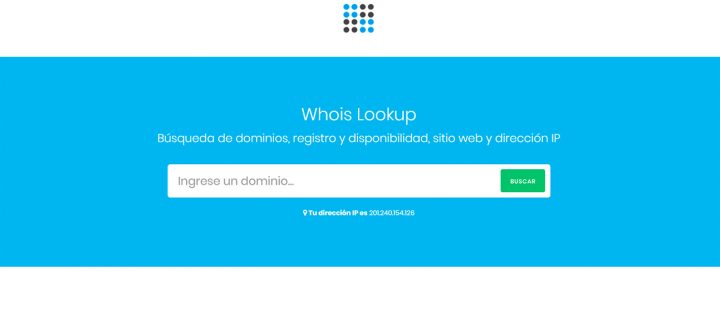It is a request/response based TCP protocol used to query a database to determine the owner of a domain name or IP address on the Internet. WHOIS queries have traditionally been performed using a command line interface, but today there are many web pages that allow you to perform these queries. These pages still rely internally on the WHOIS protocol to connect to a WHOIS server and make requests. Command line clients are still widely used by system administrators
Response Types
There are two ways to store information in a WHOIS server: "thick" and "light" mode. With the "dense" model, a WHOIS server stores all the information for a set of domains or IP's (with which this server is capable of responding to any query for .org domains, for example). With the "light" model, a WHOIS server stores the name of another WHOIS server that has full registrar data (as in the case of .com) and other basic data. To access all the data, a second query must be made to the server that has all the data. The "light" method is faster, as it only involves making a query. There is no standard in the WHOIS protocol to distinguish between these response types.
How to perform WHOIS queries
1. Command line clients
Originally the only way to contact a WHOIS server was by using a command line client. In most cases it was on a Unix system. The WHOIS client is distributed as free software, although various commercial Unix implementations have their own versions (for example Sun Solaris 7).
A typical command line WHOIS client has options to tell it which server to query, with default WHOIS servers already set up.
The GNU Project whois client, unlike other WHOIS clients, uses an external configuration file to determine which WHOIS server to make each query to. This allows you to quickly adapt to changes.
2. Web clients
Currently it is very common to perform queries through web pages, which are usually nothing more than a simple interface for the command line client – such as clients http://whois.andean.me/
3. Perl modules
There are multiple modules for Perl that work with WHOIS servers.
Issues
- Privacy: All the registrar's contact details appear, including phone numbers and addresses. This information is publicly available on the Internet.
- Spam: Spammers routinely capture plain text email addresses from responses from WHOIS servers. Some servers include Captcha-type systems, in which users must enter the letters that appear in an image (to avoid automatic queries).
- Internationalization: Unfortunately the WHOIS protocol was not written with the idea of internationalizing it. A WHOIS server cannot tell you which text encoding to use.
- Lack of a list of WHOIS servers: There is no centralized list with all WHOIS servers. Therefore, people who write WHOIS tools need to find/make their own list, and different tools may query different WHOIS servers. One of the few sites that have a list is this page.
- Each server responds differently, so it is difficult to get the information from each field automatically.
Private Whois
Those persons or entities that so wish can prevent their contact information from being publicly accessible through the WHOIS system.
There are two types of services:
- Privacy service: alternative contact details are published but the registrant is maintained as the beneficiary user of the domain name
- Representation service (proxy): The provider registers the domain name and grants a license to use it to its client. Thus, the domain provider's contact information is published instead of the customer's contact information.
Where to check WHOIS of .pe domains
To check the whois and the availability of domains .pe, .com.pe, .org.pe, .net.pe, .nom.pe, .edu.pe, .mil.pe, .gob.pe and more extensions of domains you can use the AndeanHost tool: http://whois.andean.me/
![]()









